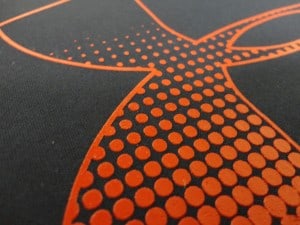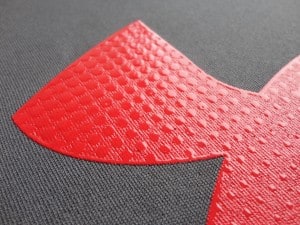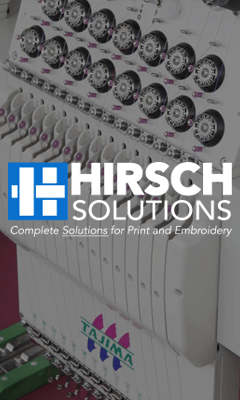Like it or not, the ability to print with silicone ink is going to have to find its place in your tool box.
The pros are:
- it’s super stretchy
- zero dye migration on polyesters
- it’s cheaper than an insurance policy when you need to print on a $150 stretchy polyester jacket.
The cons are:
- short pot life
- expensive
- works poorly on cotton
- difficult to use
- you have to flash every color
Still, silicone ink is what’s going to get you the best results on polyester, you know–the “fabric of the future.”




Interesting, can you give some more info on this product? Have you tested it yet? Who makes the best silicone ink? I am assuming that you need to use a low mesh count and thick emulsion? Whats the cure time and temp? I would love to hear your feedback.
Jamie – I’ve seen good results from Rutland silicone inks. At this point I would ask them for details on printing it. When Tom and I do some of our own testing we’ll post on it.